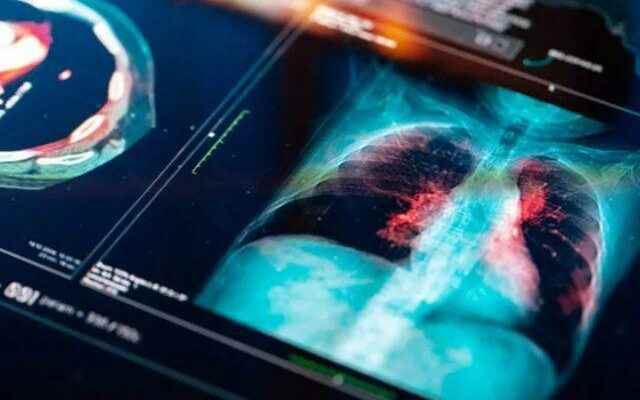Lung cancer is at the top of the list of cancer-related deaths in our country and all over the world. There are many factors that increase the risk of developing lung cancer. Being aware of these factors and symptoms is vital. Dr. Instructor Member Ebru Karcı made important warnings about lung cancer within the scope of February 4, World Cancer Day.
THERE ARE DIFFERENT TYPES OF LUNG CANCER
Dr. Instructor Prof. Dr. Karcı stated that lung cancer is the biggest cause of cancer deaths in both men and women in our country and all over the world, and said, “Lung cancer occurs as a result of uncontrolled proliferation of the cells that make up the lung tissue. There are many different types of lung cancer. Between 85 and 90 percent of people with lung cancer have female small cell lung cancer (NSCLC). The most common subtypes of NSCLC are adenocarcinoma and squamous cell carcinoma. About 10 to 15 percent of people with lung cancer have small cell lung cancer (SCLC).
SMOKERS RISK MUCH HIGHER
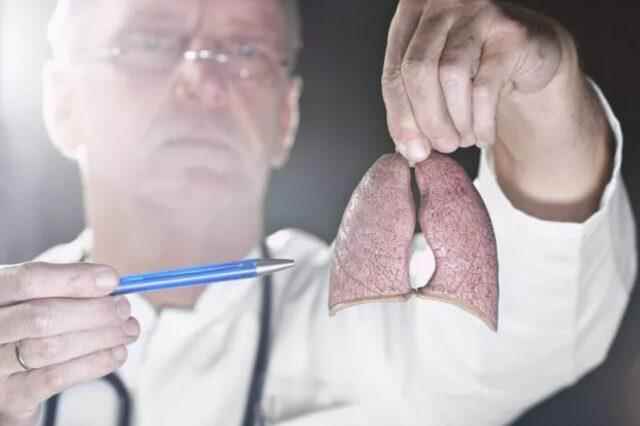
Dr. Instructor Prof. Ebru Karcı said, “The risk of lung cancer for smokers is 10 to 30 times higher than for a non-smoker. In addition, asbestos and radon gas exposure and air pollution increase the risk of lung cancer.
“EVERYONE IS NOT THE SAME RISK OF CANCER”
Drawing attention to the risk factors in lung cancer, Dr. Instructor Member Ebru Karcı continued: “Not everyone has the same chance of getting cancer. Causes that increase your chances of getting a cancer are called risk factors. Smokers are 10 to 30 times more likely to develop lung cancer than a non-smoker. In addition, exposure to asbestos, a mineral group used in some industries as an insulating material, increases lung cancer 3-4 times. Radon gas is an odorless radioactive gas. In the lands where our houses are located, and especially in areas rich in uranium, radon gas, which mixes from the ground into the air inside our house, contributes to the formation of lung cancer through respiration. On the other hand, a relationship was found between lung cancer and exposure to air pollution.
THE RISK OF DEVELOPING LUNG CANCER INCREASE WITH AGE
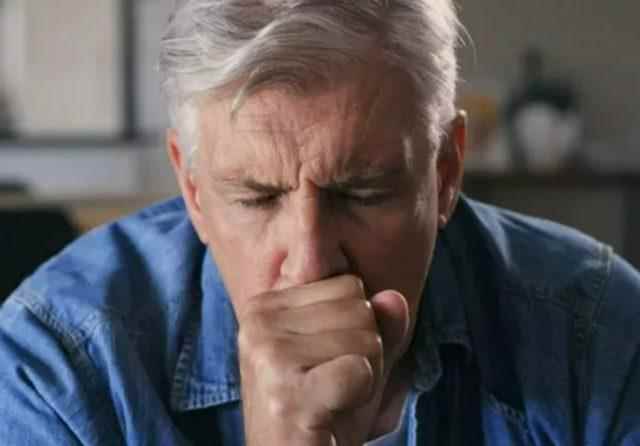
The risk of developing lung cancer increases with age. After the age of 40, the risk of developing lung cancer gradually increases each year. Also, some people have a genetic predisposition to lung cancer. Someone with a first-degree relative with lung cancer has a higher risk of developing the disease. The risk increases even more in people who have had cancer related to tobacco use, such as throat cancer, or who have had radiation therapy to the chest area. In addition, it has been reported that the incidence of lung cancer may increase in people with COPD or lung fibrosis.
IT IS VERY IMPORTANT TO RECOGNIZE THE SYMPTOMS OF LUNG CANCER EARLY
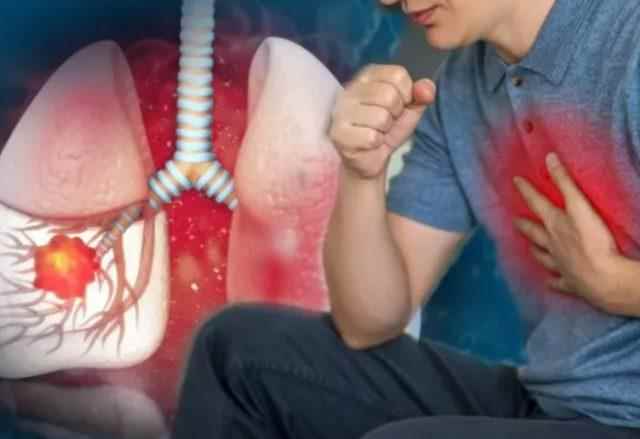
Dr. Instructor Member Ebru Karcı pointed out that early diagnosis is possible in lung cancer and drew attention to the following 8 symptoms:
“Cough: It is often underestimated as it is thought to be due to other causes. A persistent cough lasting more than two weeks, increasing gradually and the cause of which cannot be determined, may be a sign of lung cancer and should be consulted with a physician.
Difficulty in breathing or wheezing: An important indicator of insidious lung cancer may be shortness of breath. Remember that early diagnosis is vital.
spitting or coughing up blood: Coughing up blood in the sputum or dark brown sputum color can also be a sign of lung cancer.
Chest pain that may be dull, sharp or stabbing: If there is an increase in pain when breathing deeply, coughing or laughing, you should consult a doctor.
Hoarseness/Change/Coarse voice: In particular, an upper respiratory tract infection or gastroesophageal reflux disease can cause allergies, hoarseness. Hoarseness associated with lung cancer occurs when the tumor affects the nerve that controls the vocal cords.
Frequent lung/lower respiratory tract infections: If you have frequent chest infections such as bronchitis or pneumonia despite taking antibiotics, it may be a sign of a number of lung diseases, including cancer.
Unexplained weight loss: It can cause sudden weight loss in about 6 out of 10 people with lung cancer. If you are still losing weight even though you are not dieting, consult your doctor to find out the exact cause.
Clubbing of the fingers: Also known as knuckle or clubbing on nails. It is a finding that can be seen in various diseases; defines deterioration in fingers and nails.”
PEOPLE WITH RISK FACTORS SHOULD HAVE REGULAR SCREENING
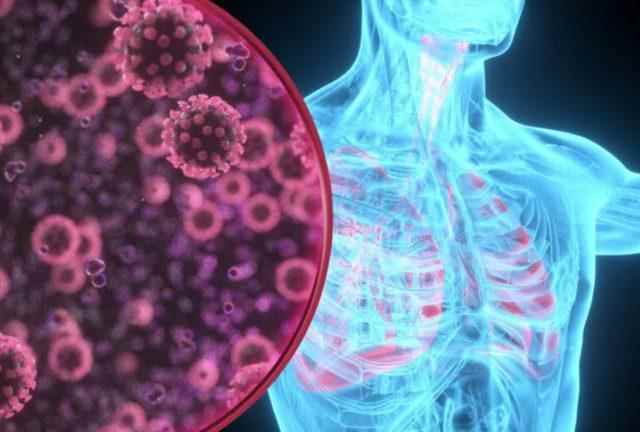
Recommending that people with risk factors have a screening once a year, Dr. Instructor Karcı said: “People aged 50 to 80 who have smoked at least 1 pack a day (for example, 2 packs a day for 10 years) for 20 years, are currently still smoking or have quit smoking in the last 15 years, have low-dose lung cancer screening. CT scan is recommended once a year for screening purposes. On the other hand, the treatment is decided according to the stage of the lung cancer. In recent years, there have been some very promising developments in the treatment of lung cancer. Advances in molecular pathology and imaging techniques have enabled us to better understand and manage lung cancer. New chemotherapy drugs, targeted smart molecules, immunotherapy drugs, developments in surgery and radiotherapy techniques, radiotherapy applications focused on 3-4 dimensional tumor tissue, new pinpointing devices such as SBRT for small and unsuitable tumors, interventional In radiology, the methods that burn the tumor (ablation) and freeze it (cryotherapy) have increased the success rates in the treatment of lung cancer. When planning treatment, the type of lung cancer, the location of the tumor, the general health of the patient, the stage of the cancer, the results of imaging and blood tests should be considered.
(UAV)
